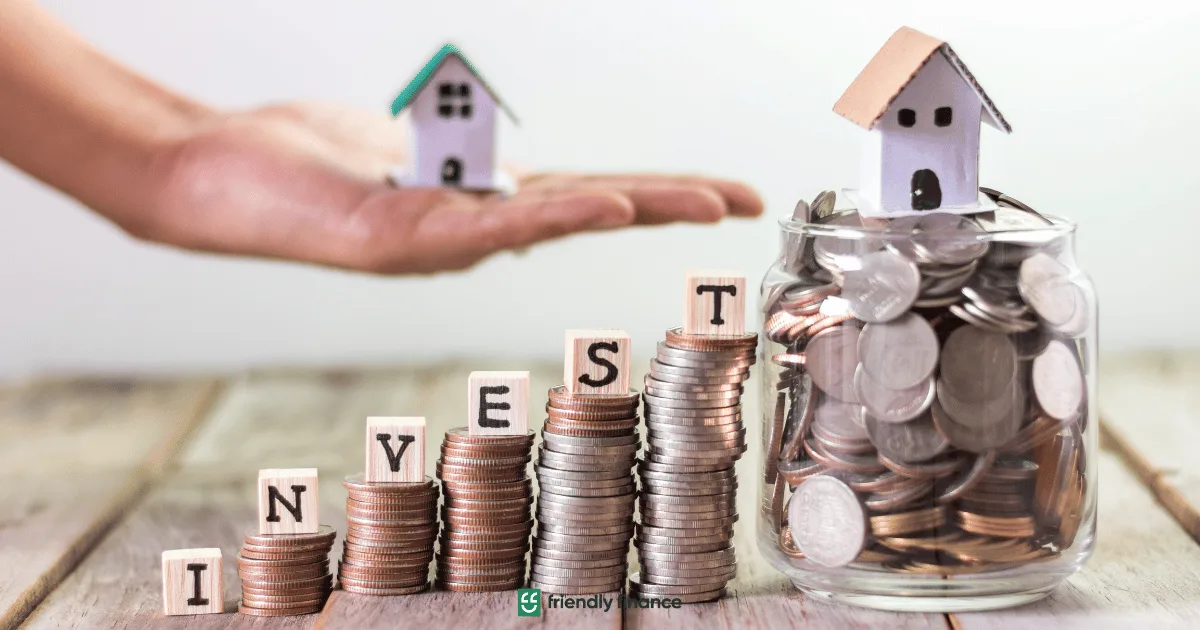Have you been eyeing a property listing and are on the verge of buying it? As exciting as it is to have a new property under your name, it’s essential to critically evaluate the financial feasibility of acquiring it.
It’s not always the case that a property purchase will be smooth sailing. In fact, it’s more likely for it to be bogged with paperwork and bureaucratic considerations—which can take a long time to process.
Furthermore, a property purchase necessitates spending a huge portion of money. Even a standard down payment of 20% can cost you upwards of six figures (in both US and AUS dollars). It’s not unlikely for people to take years of working and saving up to achieve this amount.
That said, whether it’s your first property or your tenth, it’s crucial to be aware of the different ways you can finance your property purchase. This can help you balance both the acquisition of this major asset and a healthy cash flow.
Without further ado, here are six easy steps to follow to ensure that your next property purchase’s financing process goes smoothly. Let’s jump right into it!
1. Thoroughly Assess Your Financial Situation
Before dipping your toes into the mere idea of buying a property, you should assess your financial situation thoroughly. Begin by looking at your average monthly income and expenses over the past few months.
Are you saving enough money to sustain a major purchase like a property without breaking the bank? If so, then that’s a good start.
Following that, look at your expenses and debt obligations. Are you paying off multiple debts and finding it difficult to add a mortgage plan on top of that? If yes, then it may be worthwhile to hold off on the purchase until you’re in a more stable financial position.
If you’re saving a considerable amount of money at the end of each month, look at the mortgage plan of the property and see if you can fit that into your budgeting plans. Ensure that you’re not stretching yourself too thin by accommodating this new property purchase—particularly if you plan to enter a loaning agreement.
By being honest with yourself regarding your financial situation, you can gain the confidence to buy the property without entering a potentially tough financial situation down the line.
2. Build Your Credit Score
Another tip to finance a property easier is to build your credit score early. Building your credit score isn’t a one-and-done process; it’s something that you have to consistently balance when handling your finances.
A strong credit score is ideal for one major reason—it helps you secure loan agreements with more favourable terms. In particular, you can secure better interest rates. This is because a high credit score signals that you know how to properly manage your debt obligations, such as paying your credit cards on time and submitting accurate monthly financial reports.
Lenders will scrutinise your ability to pay back for the simple reason that they don’t want to deal with a flight risk. If your credit score looks good, these lenders will be more than likely to trust you and give you a favourable loan term.
On the other hand, if your credit score is suboptimal, lenders will be less likely to enter lending agreements with you. The best case scenario is that they may give you a loan at a high interest rate—which is not even that good.
As such, be sure to be responsible when paying back your existing debts. Paying in a timely manner, avoiding opening new lines of credit, and not topping your credit limit every month can help you steadily grow your credit score. So start early and be patient!
3. Save For a Down payment
Another crucial factor to consider before you start financing your new property is acquiring enough funds for the down payment. Typically, property owners will only entertain offers that can cover 20% of the property’s value.
If you lack this amount, then this can pose challenges in securing the property in question. Lenders will also be less likely to accept your application if you don’t have this amount to shed for your property on initial terms.
To ensure that you have enough money for this major purchase, you’ll have to consciously dedicate a portion of your earnings to savings. You can automate the act of saving by setting up a separate bank account that automatically takes a cut of your income. You can also simply opt for cheaper alternatives to keep more cash in your pockets.
If saving is too slow, you can consider increasing your cash flow. You may consider getting a side gig if you have some time in the day to do extra work. You may also learn how to invest to passively grow your net worth. By doing these things, you’ll be much closer to achieving your dream property in the financial sense.
4. Investigate Different Loan Options
An important aspect of getting financing right when buying property is choosing the right loan. There are multiple routes you can opt for, and they all have their own pros and cons.
The most common loan option is a bank loan. This loan is ideal due to its favourable interest rates and long repayment terms, but they’re also hard to get accepted because you’d need to demonstrate good financial history.
Another option is a personal loan. This loan type has shorter repayment periods and higher interest rates than the bank loan. But they’re also among the easiest loan types to acquire. And if you know the right lender, they can give you a good deal for the loan.
You may also consider refinancing any assets you currently own, such as another property. This approach helps you leverage your equity and gain enough funds to secure a new property. That said, be sure to be able to pay back the loan if you opt for this route—as you could end up losing out on both properties in the worst-case scenario.
Of course, there are various other options you can consider, like a chattel mortgage or line of credit. Research all the options available to you and consider the best one for your needs and circumstances. This way, you’ll have an easier time securing the property and paying it back in the future.
5. Use Cost-Effective Materials
If you see that you’ll need to undergo a renovation or construction project but are short on cash, then you’ll have to consider using cost-effective materials to craft your new property.
This doesn’t mean opting for the cheapest offering in the market. It means balancing value and aesthetics when picking out various materials for your new housing project.
For instance, if you’re in the market for flooring options, you can consider timbre or laminate flooring from quality providers like Choices Flooring as they are priced competitively in relation to the market.
Similarly, if you want to uphold sustainability in your materials, then you can consider recycled metals or reclaimed wood for your design choices.
By using recycled and cost-effective alternatives, you can enjoy a high-quality construction project for your home without breaking the bank.
6. Factor in Additional Property Costs
When constructing a budget for your upcoming property purchase, you shouldn’t solely look at the advertised price. There are several other running costs to consider when getting a property transferred to your name.
For instance, closing and appraisal fees are something you’ll likely have to pay during the initial stages of the sales process. You’ll also have to pay for other miscellaneous fees, like inspection, loan applications, and intent-to-purchase deposits.
Recurring fees are also something property owners should expect to pay regularly. For one, you’ll need to pay property taxes recurrently based on the property’s assessed value. Getting house insurance is also a must—and you’ll likely have to pay these insurance premiums every month.
Generally speaking, you’re expected to spend about 2 to 5% of the purchase price on these fees. By planning for these expenses, you’ll ensure that you won’t be short on cash or underestimate your budget when the time comes to pay for them.
We hope this article will serve you well in your upcoming financing journey. Happy property hunting!

